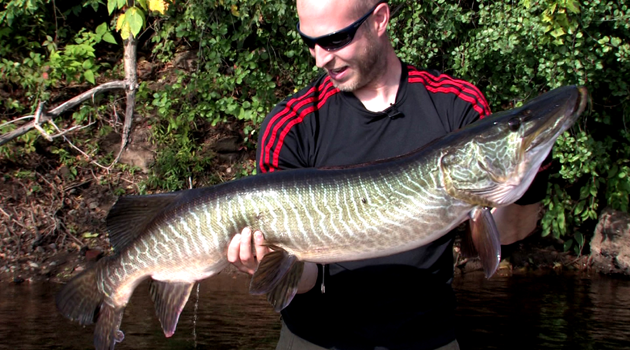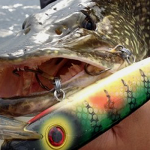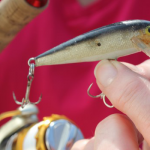By Adam M. Glickman
A Few years back while fishing, a friend of mine, Cory Allen, brought up a topic that I have thought a lot about ever since. Cory was and is still a dedicated student of the teachings of legendary and revolutionary angler Buck Perry. Perry pioneered the concept of fishing off shore and often deep structural elements in natural lakes and reservoirs. What Cory and I spoke of that day was the concept of structure and how it is very different than cover. Many people use the words structure and cover synonymously. Until said conversation, I did as well, even in articles. It certainly is shameful for me to admit but facts are facts.
The difference between structure and cover is that cover consists of aquatic vegetation or wood of any form such as log jams and fallen trees. Structure is anything that is unchanging and part of the permanent topography such as reefs, breaklines, or boulders. A grouping of boulders can provide cover for fish and in that sense structure can also be cover, but cover can never be structure. Not in the true sense of the word anyway.
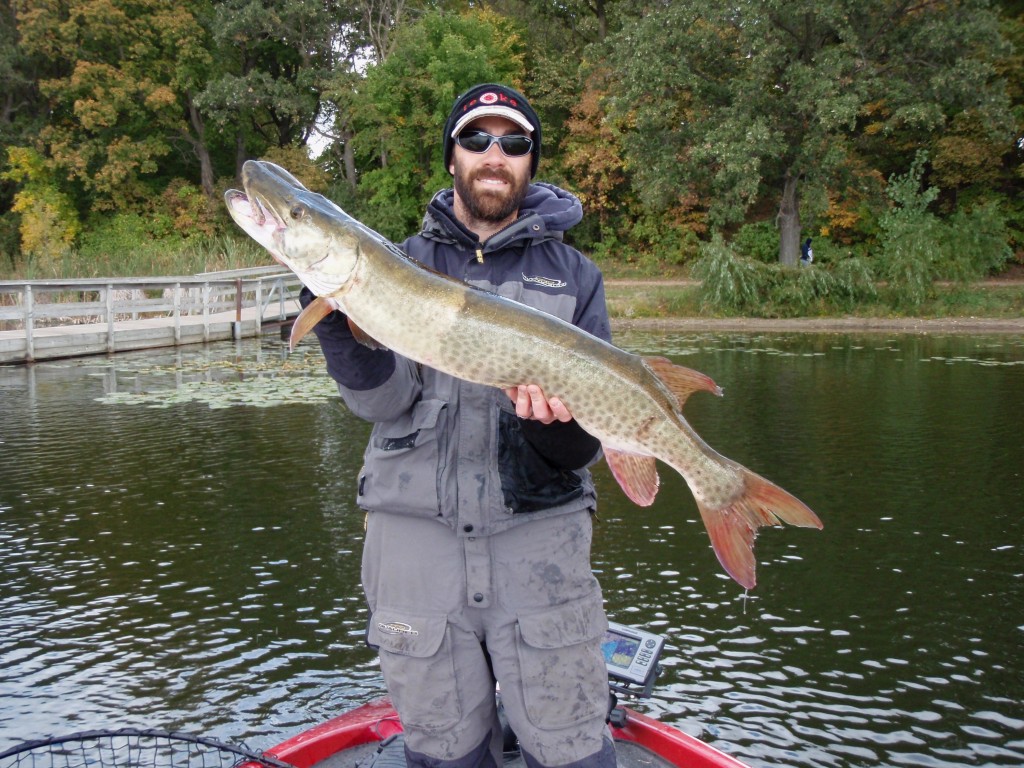
Structure in lakes and reservoirs changes so slowly that the process is fairly negligible in terms of the life span of an angler. On the opposite end of the spectrum cover is very much in continual flux. Depending on the type of cover, changes can range from slow to incredibly rapid. On the slow end, a large shoreline hardwood or cedar tree that falls into a lake may take decades to fully decompose. On the fast end, a large dense weed bed can change drastically from day to day as it grows up and then dies back throughout the course of a season.
Stretches in rivers can experience intense changes or stay mostly the same year after year depending on if the streambed is comprised solid rock structure or sand and wood cover. The force of high water raging through a river can make huge changes to a river in a matter of only hours if it is only working against loose and light streambed particles such as sand and silt. Huge amounts of wood can be washed away or deposited easily as well by raging water. Conversely, in a streambed that consists of hard rock such as granite, years of annual floods may change the river so slowly that it is not even noticeable. Changeable stretches though are often shockingly different from one year to the next after spring floods.
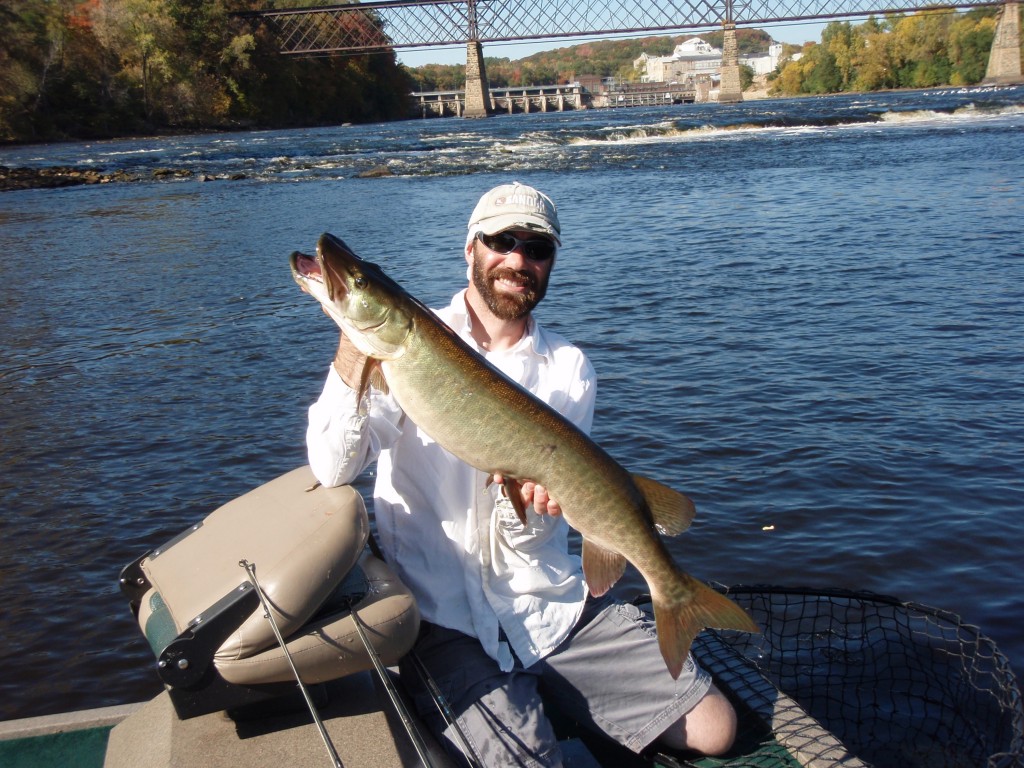
Fall’s Effects on Vegetation
As the days shorten and the water cools in fall, vegetation that grew lush all summer begins to die. In some cases vegetation dies of completely. However, in lakes vegetation such as milfoil and cabbage recede to a point where they can survive winter on minimal nourishment and then grow back the next season, much like a deciduous tree losing its leaves come fall. In northern WI, sandgrass beds in 18-26’ in deep clear lakes stay green all fall and winter and hold muskies heavily after turnover. In southern MN, especially in the metro area, muskies relate heavily to remaining milfoil all the way to freeze up. In some lakes, the muskies cruise a deep milfoil edge in 8-18’. In other lakes, sparse clumps in 1-3’ are all that remain, but that is all it takes. The muskies will be there, big ones too. Shallow vegetation becomes very important across MN and WI in late September through mid October during turnover. While the turnover process makes the depths of lakes unstable, muskies invade the shallows (1-4’) and look for any cover they can find.
In rivers with heavy aquatic vegetation, the weeds begin to let loose in mid September and create a continual slick of debris washing down the river that lasts usually well into October. During this time fishing becomes very tough as it becomes almost impossible to work lures without them fouling in debris on every cast. Afterwards, muskies that had been using vegetative cover (usually the majority of individuals in this type of system) have no choice but to move to other cover or structure such as wood or rocks. Looking for them where they were will obviously be futile. Adapting to the changing environment will be key to success.
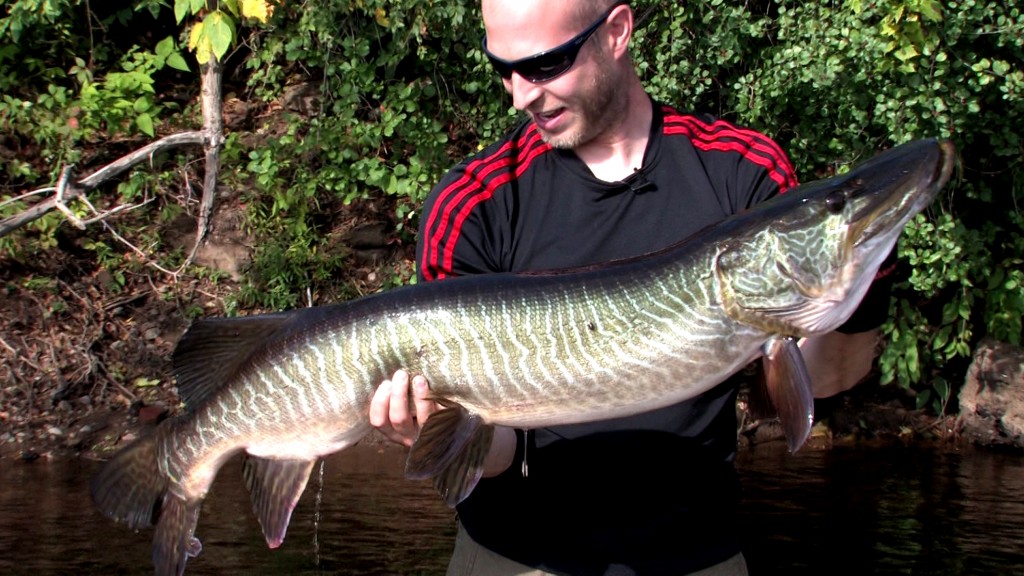
Wood
Wood cover can be excellent in rivers, reservoirs, and lakes come fall. Wood is certainly the most permanent of all cover, but even sturdy fish cribs and the biggest of fallen hardwoods are not part of the permanent topography and therefore are not structure. In rivers and streams log jams and laydowns, are classic musky holding cover all season, but they become especially excellent come fall. Those in deeper slower water are prime. When high riding presentations such as gliders fail to produce strikes from these spots, I like to pick them apart deeper with a weighted diving jerkbait or suspending minnow bait. I start a little distance from the wood and carefully work these lures closer and closer to the cover to avoid snagging. The deeper a presentation runs, the more likely it is to get snagged in river log jams and lay downs. When the water gets very cold or if fish are very tough, precisely working rigged suckers under large slip floats around wood structure is deadly. However, it is about as tricky as it is effective. Suckers are strong and like all other fish instinctually seek out cover. If not worked properly, they will swim right into the wood where the quick strike rig will hopelessly snag.
In reservoirs and flowages, deep wood and timbered flats are excellent come fall. Most reservoirs have little vegetation to begin with, and their dark water is not conducive for aquatic plants surviving the low indirect light of fall. Come fall, the choice is pretty simple. There is wood cover, rock structure, or a combination of the two. Shallow timbered flats covered usually with stumps are excellent producers until the water drops into the low 50’s F. After that, deep sunken timber and fish cribs hold the most fish, especially if they are adjacent to an old river or creek channel. Deep cribs in natural lakes also shine during fall, especially if there is little rock structure or weed cover and the bottom consists mostly of sand and gravel.
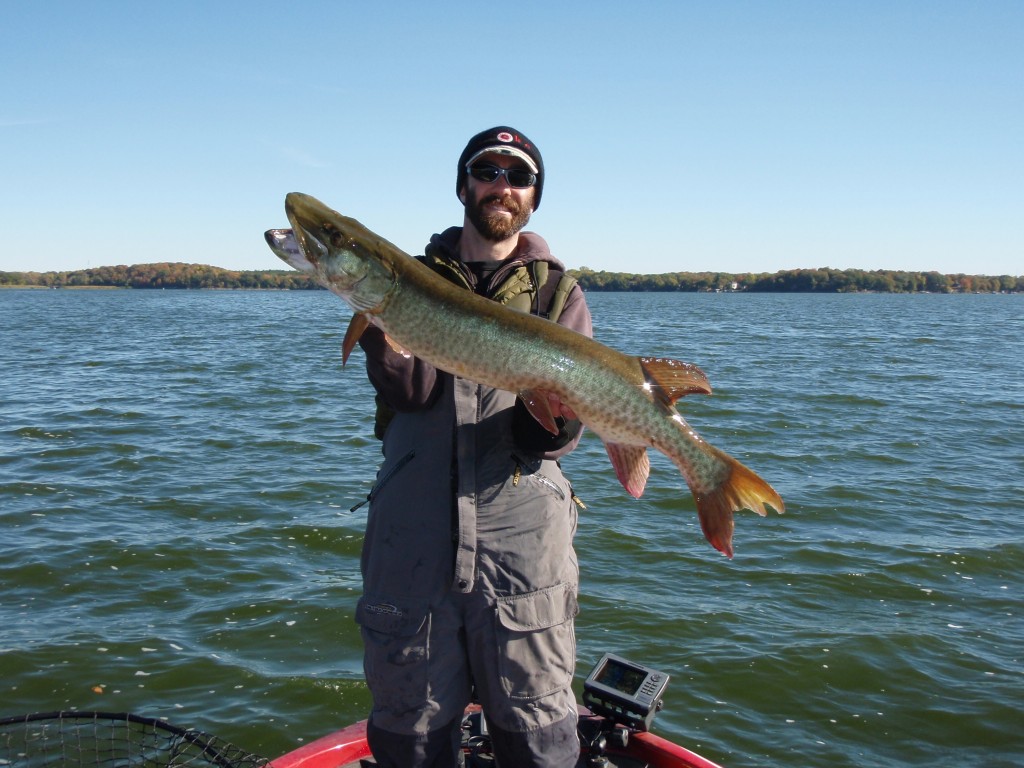
Structure
Rock structure is an excellent constant draw for muskies in lakes, reservoirs, and rivers. For the most part, they are always there in the same form to provide a home for the base links in a food chain, break the current, provide ambush cover, etc. The fish know and remember these established structural elements. When a large tree falls into a lake or river, it takes some time for fish to start using it and make it part of their habits, i.e. establish it. Large rock and boulder structure has been established for centuries and will continue to be established for centuries to come.
Breaklines are classic structure in the truest sense of the word. They are part of the topography and in fact are the topography itself. Steep breaklines in natural lakes are great spots in the fall, as hungry muskies us them as a barrier to corral and trap food fish. In lakes with ciscoes, steep main lake breaks with clean sand and gravel on points, islands, and reefs attract spawning ciscoes in late fall. Muskies use the same breaks the ciscoes use to spawn to trap and eat them. Such locations hold monster feeding muskies in frigid waters.
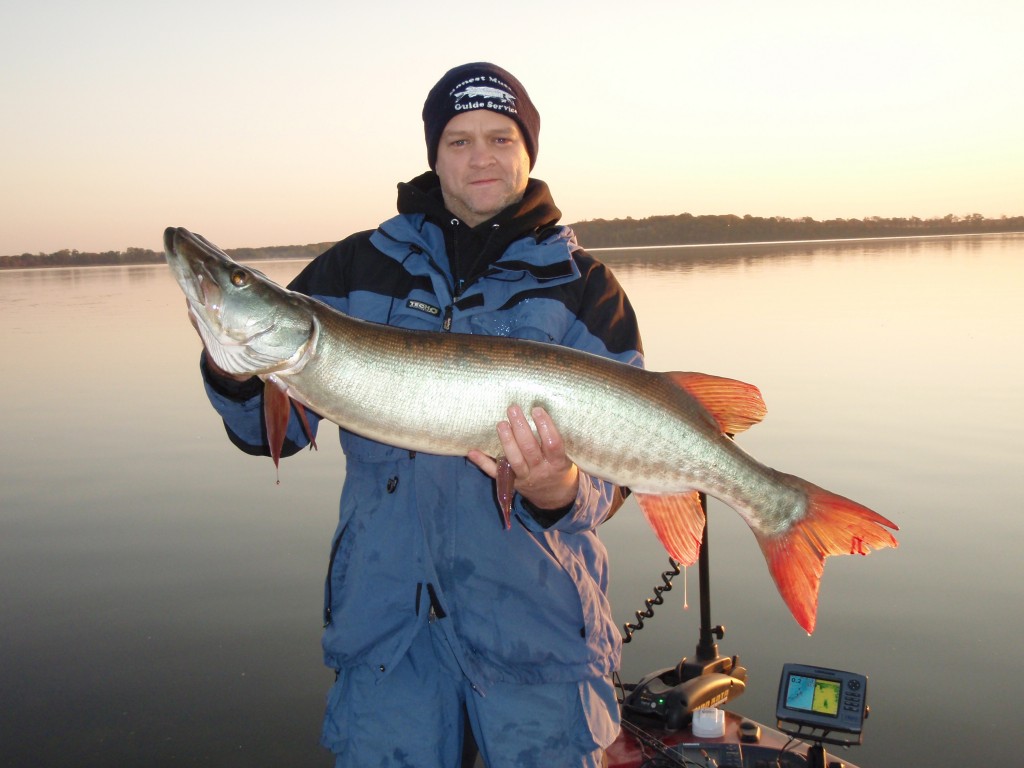
Splitting Hairs and Semantics
Knowing the wording of the true definitions of structure and cover is not as important as understanding that some things remain constant and that others are in flux within the muskies’ environment. Using that knowledge is one of the many keys to understand and catch muskies throughout the progression of fall.
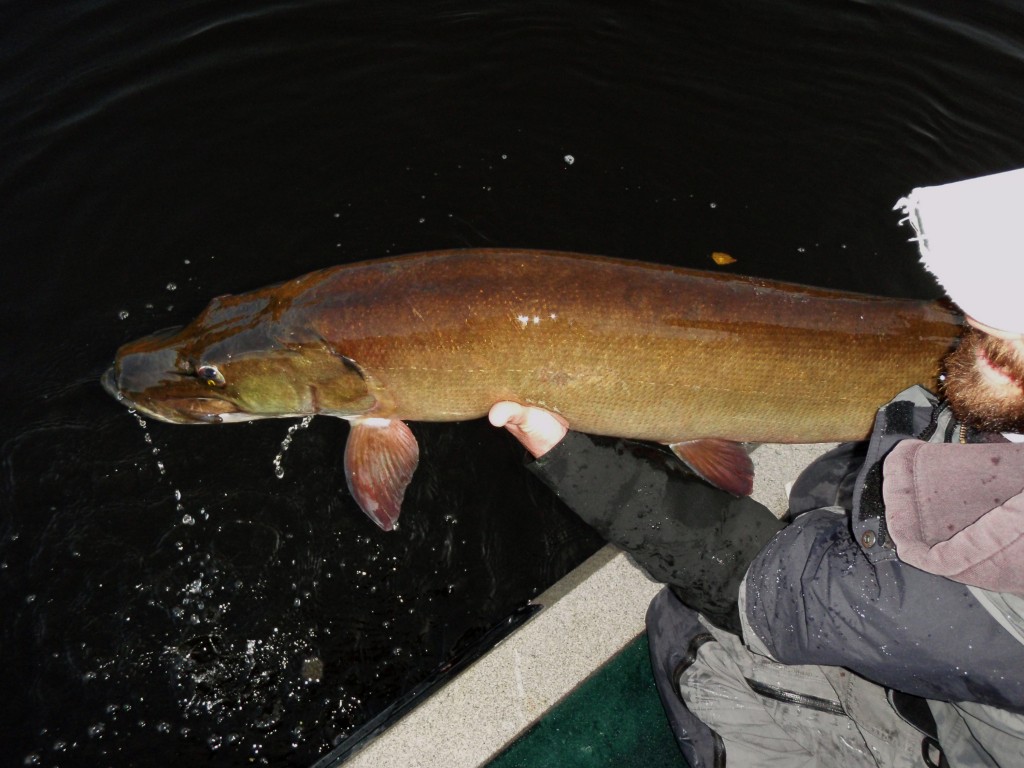
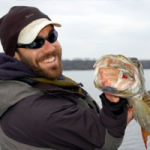 Adam M. Glickman
Adam M. Glickman
Adam Glickman, 33, originally from Ashland Wisconsin but now of the Minnesota Metro area, is field editor with Muskie Magazine, and a frequent contributor to Fishing-Headquarters and the online magazine. In 2014, Glickman began producing his new fishing program: Honest Musky Television is a unique, educational and entertaining fishing show. Our techniques are diverse, versatile, and often cost effective. We always get the strike and hookset on film, and in true honest musky fashion we use no fake hook sets or editing tricks. Glickman and his team films on a vast variety of aquatic environments from the smallest streams to the largest lakes, and done exclusively on public water, mostly in the Upper Midwest at affordable and realistic destinations.



